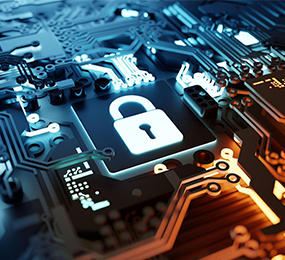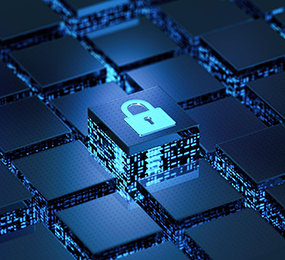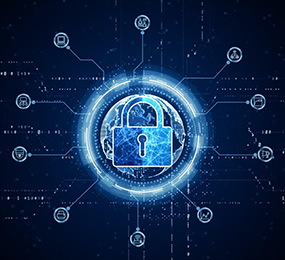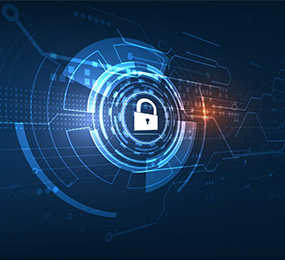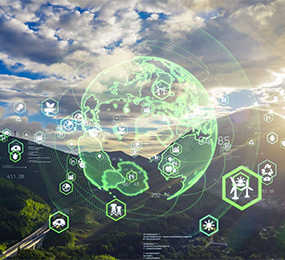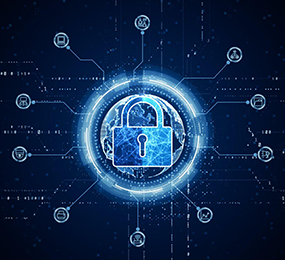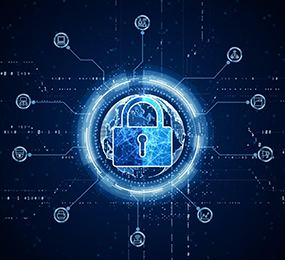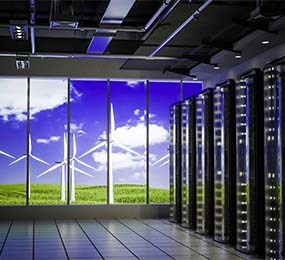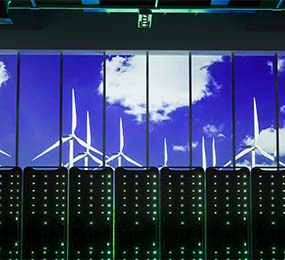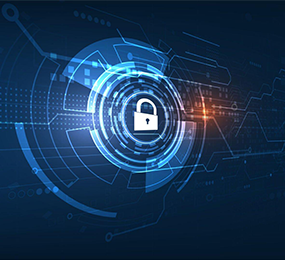Renewable Energy Cyber Security in the Age of Digitalization
Renewable energy sources such as solar, wind, wave, tidal, geothermal, biomass, and waste to energy, among others, are being incorporated into many nations' energies mix and are advancing technologically from generation to use of energy from them.
With the expansion of the renewable energy landscape, its digitization and data storage in the cloud, as well as any potential cyber risks to the energy picture, must be properly recognized.
Renewable Energy Digitalization
Artificial intelligence (A.I.) and Blockchain technology are two key components that are likely to be viewed as cornerstones of digitalization in renewable energy.
Artificial intelligence might benefit the renewable energy industry and the energy sector in general by:
§ Improving and integrating control centers
§ Increase the energy infrastructure's safety and security.
§ Incorporate smart grids and energy storage capabilities.
§ Efficiently integrate microgrids with conventional grid networks
In the same vein, other governments intend to deploy A.I. to examine grid transmission cables. This method is an alternative to manual grid transmission inspection techniques, and it will improve asset management, lower failure rates, and lower operating expenses, extending the life of the company's assets.
This is just one of the many ways A.I could be used to transform the energy sector and improve overall system efficiency. The main disadvantage of this technology is the use of data and the possibility of it being compromised.
Blockchain technology is being investigated as a replacement for the traditional energy market mechanism in local currency by giving the consumer complete control over the choice of energy supplier at a rate of choice with no vulnerability. This mechanism devalues the third-party energy supplier or trader, which has implications for the entire energy system.
Blockchain technology used to complex post-trade processing would automate the laborious process and be revolutionary for end users.
Blockchain technology has the virtue of being immune to cyber-attacks, which gives it an advantage in becoming a vital element of future energy market infrastructure.
Data Security and Cybersecurity
Artificial intelligence in the energy sector is subject to cyber-attacks, and reliable energy supply is necessary in all walks of life. Any interruption in the electricity or gas supply can bring life to a halt. Hackers pose a huge danger to energy infrastructure in every country, and digitization makes it more vulnerable.
The following trends are increasing the risks:
- Vulnerabilities of known accepted technologies
- Connections are insecure
- Insecure connections
- Control systems linked to other networks
- Automation is replacing human labor
- Technical information regarding control systems is freely available
- Equipment manufacturer cloud monitoring platform versus private cloud services for utilities
A cyber-attack not only results in the loss of commercial information or the damage of electronic resources, but it also has an impact on finances by preventing generation and creates national, regional, and security risks in the event of widespread blackouts.
Cybersecurity for renewable energy technologies might be achieved by the following steps:
- Assessing the cybersecurity environment and posture.
- Keeping systems up to date, which is the last line of security against any possible cyber threat. It will also be a tremendous value if the personnel are taught to spot any potential hazard.
- Proper access management to critical systems and data.
- Including machine learning and artificial intelligence, which might make operating systems more complicated and less prone to assaults.
As a result, it is more important than ever for national governments, private organizations, and cyber professionals to assess the present state of cyber threats and plan for future dangers.
With technical improvements in energy infrastructure, which has increased the reliance of energy infrastructure on the digital platform, the threat has also grown on a bigger scale.
These technologies are enhancing the overall efficiency of the energy infrastructure, and there is a need to be cautious about the security of these systems in order to manage them effectively.
Visit our website to know more: https://bit.ly/3V0WLbF
For more information and group participation, contact us: [email protected]
Leadvent Group - Industry Leading Events for Business Leaders!
www.leadventgrp.com| [email protected]


